Nurse Ratched gained notoriety as one of movie history's most evil nurses ever. All thanks to Ken Kesey's 1962 novel, One Flew Over the Cuckoo's Nest. The novel was later adapted into an on-screen film in 1975 and brought life the famed character. Nurse Ratched isn't a nurse you ought to mess with.
In 2002, Netflix created its own show based on the character. This time, the show served as more of a backstory with storyline details that don't exactly match the original movie. Ratched was an opportunity to spin around the character and story in a way that was more complex than the movie.
10 Difference: There's No Brother In The Film
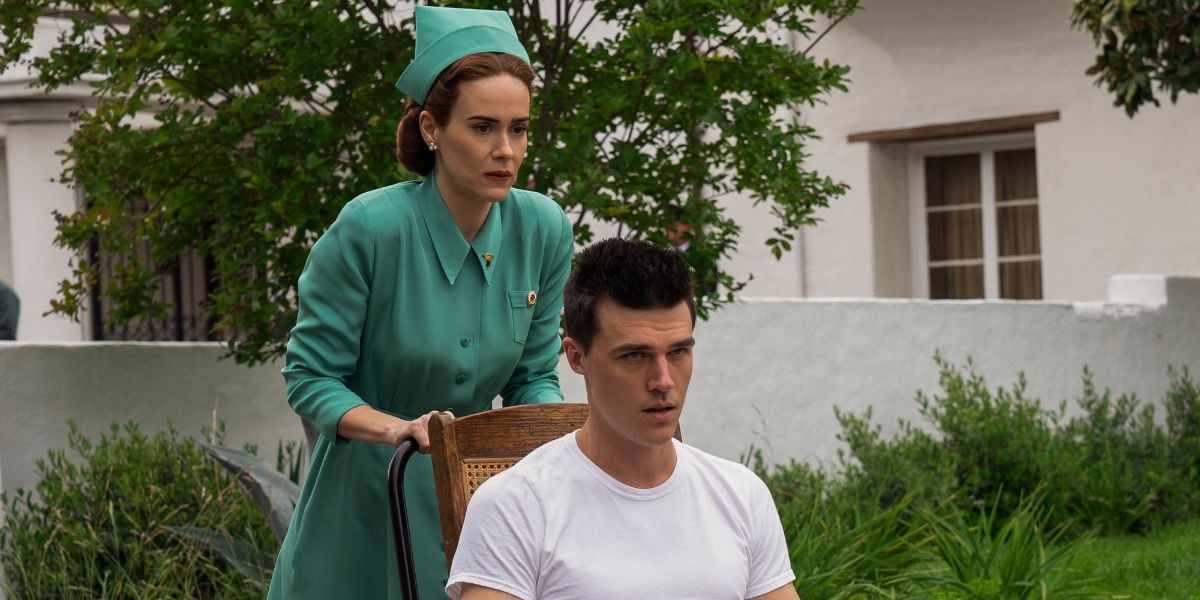
One thing to keep in mind when comparing the film to the show is that the show acted more like a backstory. But the film took more creative control over Ratched's story than the film. One key detail that isn't included is her brother. The show introduces one of the title characters, Edmund Tolleson (Finn Wittrock).
He's first seen murdering a number of priests and then being transferred to the psychiatric hospital Ratched (Sarah Paulson) works at. It's later revealed that Edmund is in fact Ratched's brother and she took the job hoping to help him escape death row. This relationship is a crucial part of the show and how it plays out.
9 Same: The Central Character That Gives Ratched A Hard Time
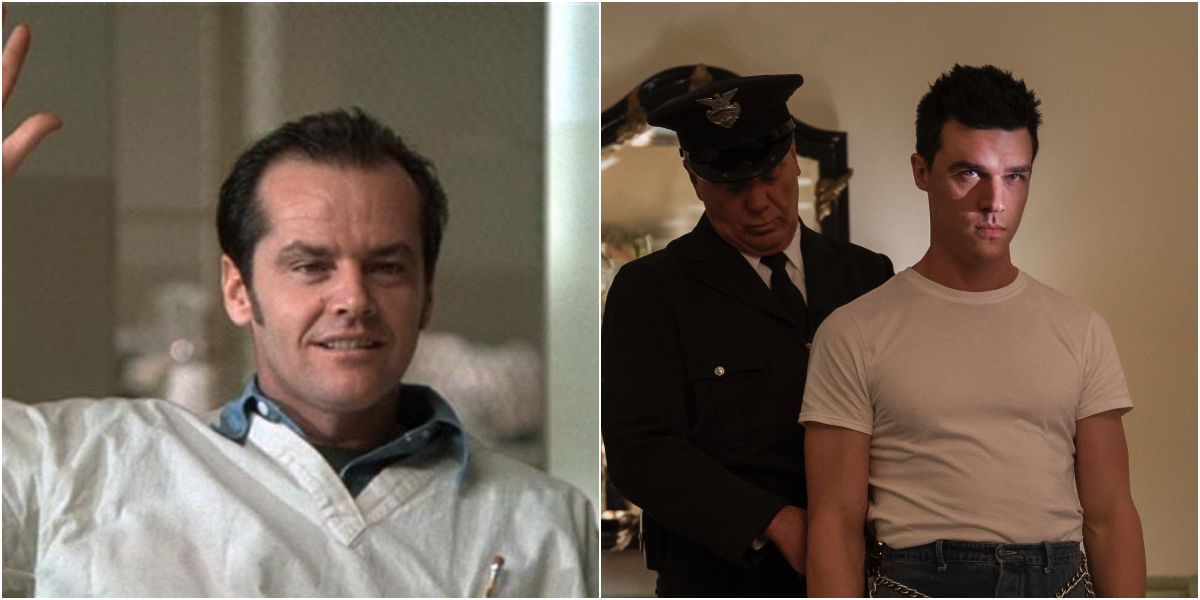
This detail between the show and movie can be considered both a difference and similarity. It all has to do with the central character that gives Ratched a hard time at the hospital. In the original movie, that job went to Randle McMurphy (Jack Nicholson) who is sent to the hospital after sexually assaulting a young girl. He makes Ratched's life a living hell and causes an issue with her dominance over the ward.
In the show, this central character can also be used for Edmund. Ratched's plan of getting a job at the hospital and everything she does is for Edmund. He also causes his own ruckus that Ratched has to clean up. At the end of the show, he proves to be her biggest enemy just like McMurphy.
8 Difference: The Lobotomy Kink
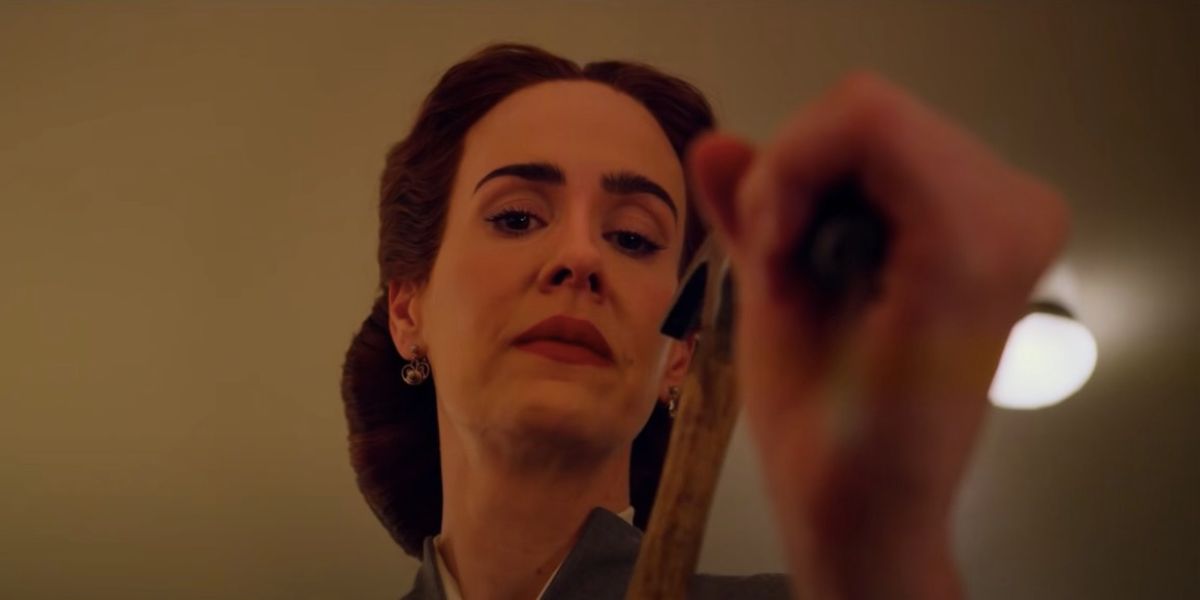
One thing that Ratched is known for is her fascination with lobotomy. Believe it or not, in the film, audiences will not see her perform the medical procedure. It does serve a huge role at the end of the film. Ratched has had enough of McMurphy and has him lobotomized.
The show takes this medical procedure on a different route. Ratched becomes enthralled by the procedure when it first introduced to the staff. Almost as if she's fallen in love. This then leads her to perform the procedure on her own in order to quiet a witness to her brother's crimes.
7 Same: Illnesses Of The Time Period & Medical Procedures

The film and show take place in the early 60s, which at the time there were certain ways to treat illnesses. Back then, homosexuality was seen as a psychiatric illness that could be cured. In the film, there's a patient who is titled as a repressed homosexual who is self-committed.
The show also has a character who is self-committed for her attraction to women. In both cases, the ward uses a number of medical procedures to cure the patients. One being electrotherapy and hydrotherapy. The show and film also use lobotomy as an emerging new practice.
6 Difference: The Use Of Multiple Storylines
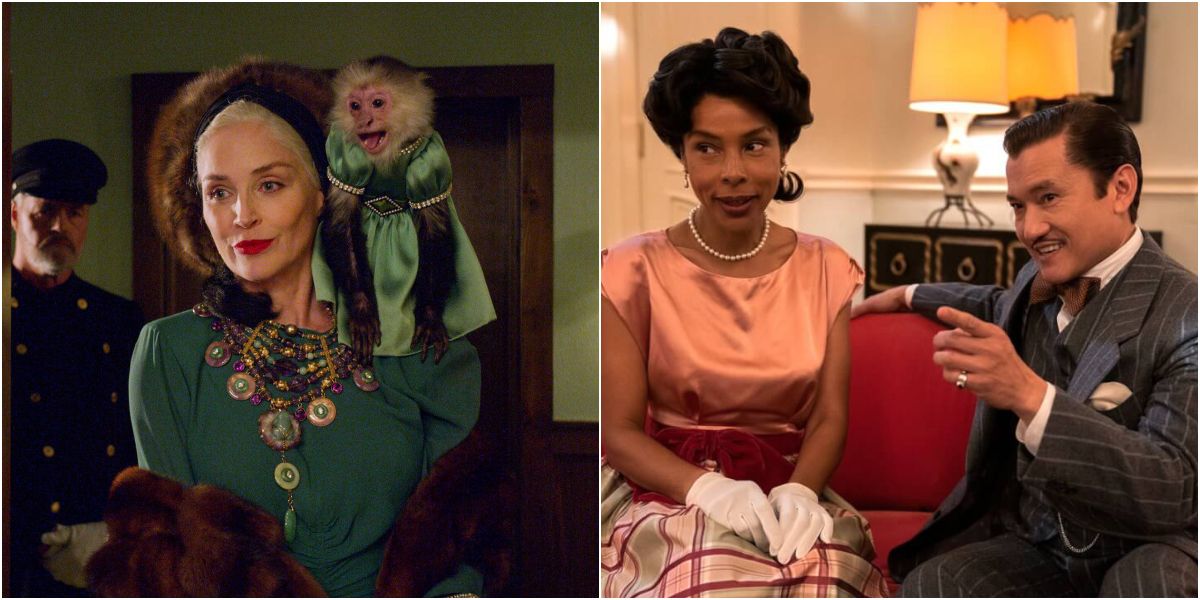
In the original movie, the storyline only truly focuses on Nurse Ratched, McMurphy, and the interactions with the staff and patients. But in the show, there are a number of outside characters at play that shift the story.
There are the governor and his press secretary. There's also the hospital director who has his own story to tell. Not to mention the outside characters like Lenore Osgood (Sharon Stone), a wealthy heiress who hires a hitman against him. The staff also plays a vital role in Ratched's rise to power. The backstory inclusion of the patients helps showcase both Ratched's softer and human side to her, as well as her dark side.
5 Same: Ratched Was A War Nurse
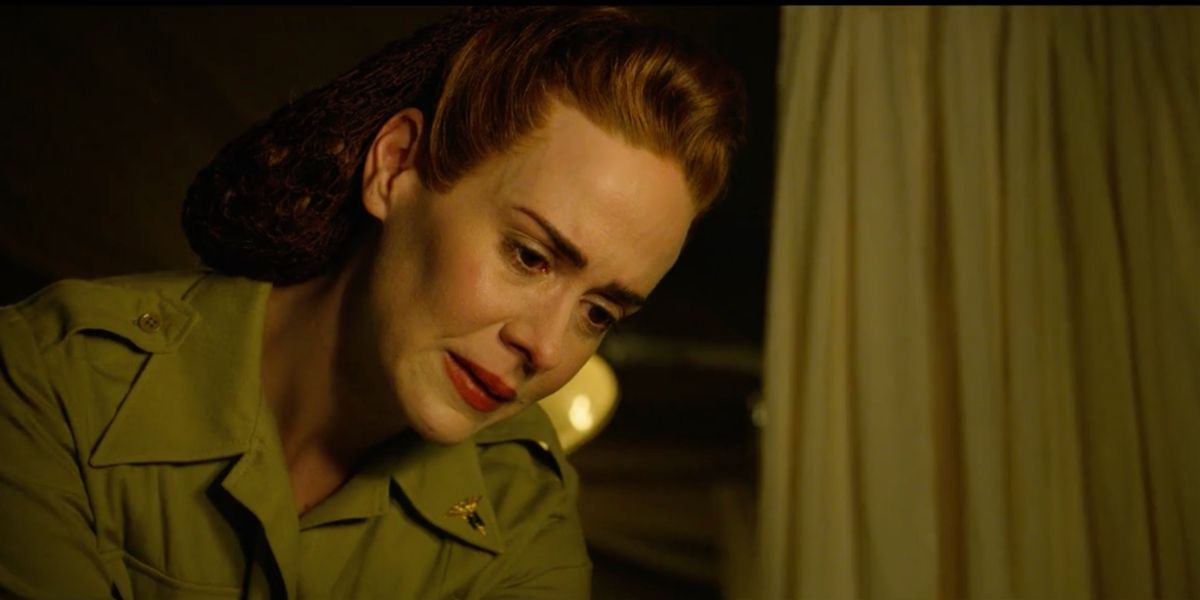
Both versions of Nurse Ratched have a history in the war. The show explains it in more detail. Ratched was an army nurse during World War II and found her calling there. But seeing so many soldiers asking for a way out from their pain, Ratched would show them mercy.
Viewers see Ratched smothering the soldier. She is later reprimanded by the commanding officer who finds it peculiar that so many soldiers died suddenly under her watch. The film doesn't explicitly describe Ratched's time in the war. But audiences are aware that she has some background as an army nurse.
4 Difference: Ratched Has More Emotions In The Show
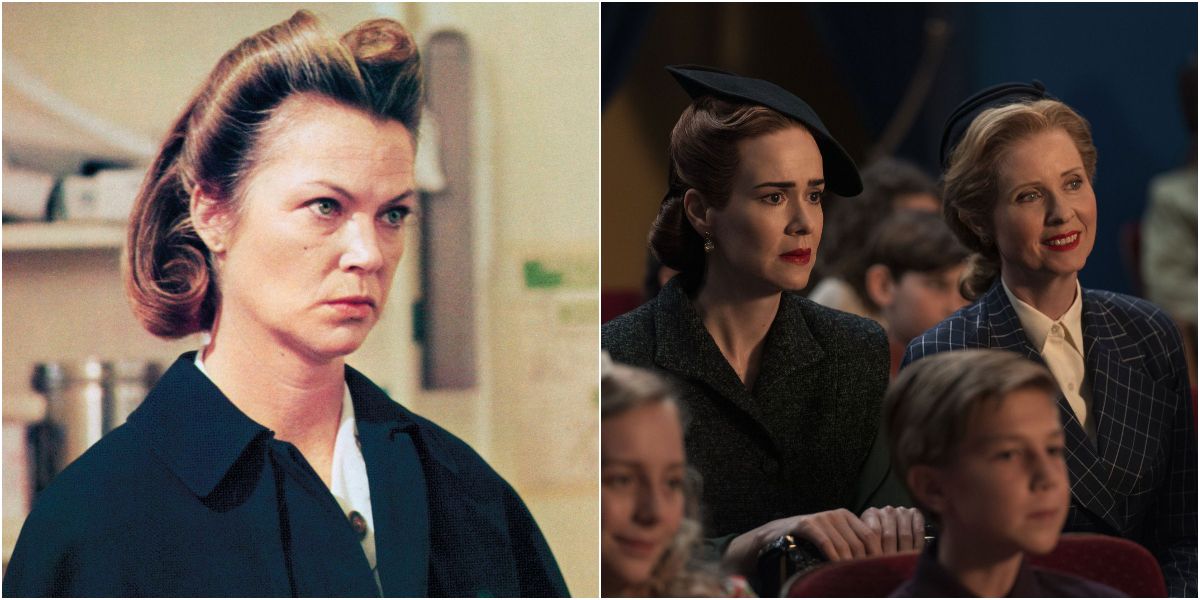
One aspect of the Netflix version of Ratched that dramatically sways from the movie is her emotional capacity. The film portrays Ratched as being a ruthless and cold tyrant. She never truly shows any emotion besides blaming McMurphy for the suicide of another patient.
Ratched in the show is strikingly different. She shows kindness towards another sweet and sympathetic staff worker who was disfigured during the war. During a patient's treatment, she objects to the brutality of it and refuses to go along with it, fearing it'd hurt the patient. Afterward, she even coddles and soothes her. Ratched is even described as an Angel of Mercy. She once helped soldiers end their suffering.
3 Same: Her Intense Intimidation
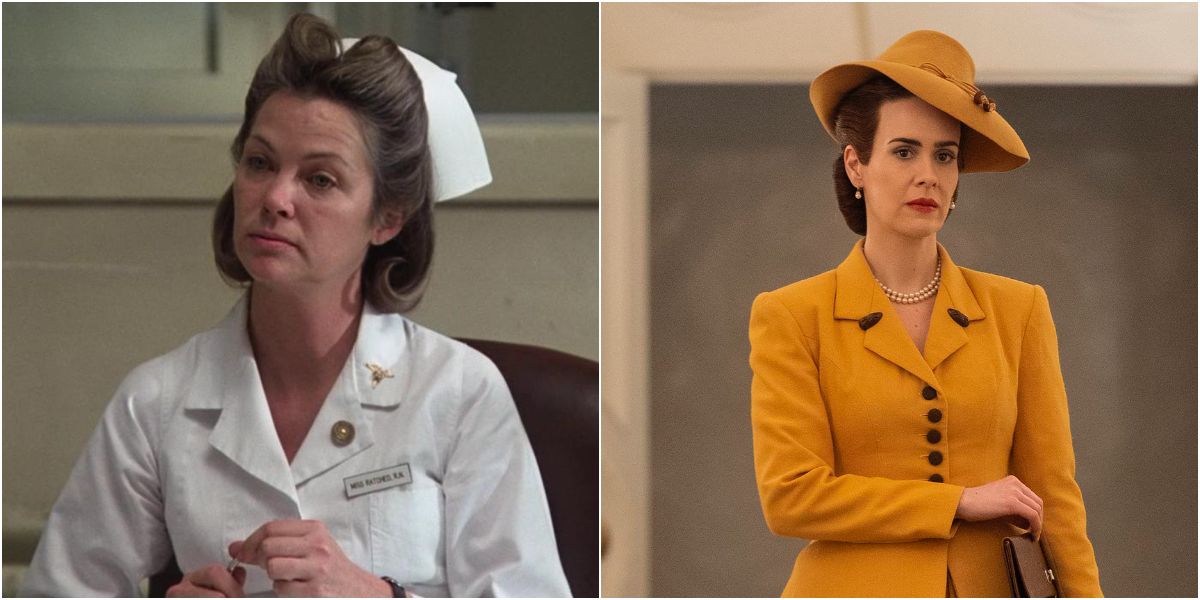
Nurse Ratched is known for her intimidation and neither the movie nor show negated that. They used it to cement her standing in the ward and amongst others. The show showcased Ratched's intelligence and her ability to get her way. She even managed to get hired at the ward despite being turned down. The most comical yet ruthless moment was when she had the head nurse quivering for eating her peach.
The film displays Ratched in the same regard. One cold look from her would have any patient shaking their boots. When she catches a patient having a sexual encounter with a prostitute, she threatens him by telling his mother.
2 Difference: Ratched's Sexuality
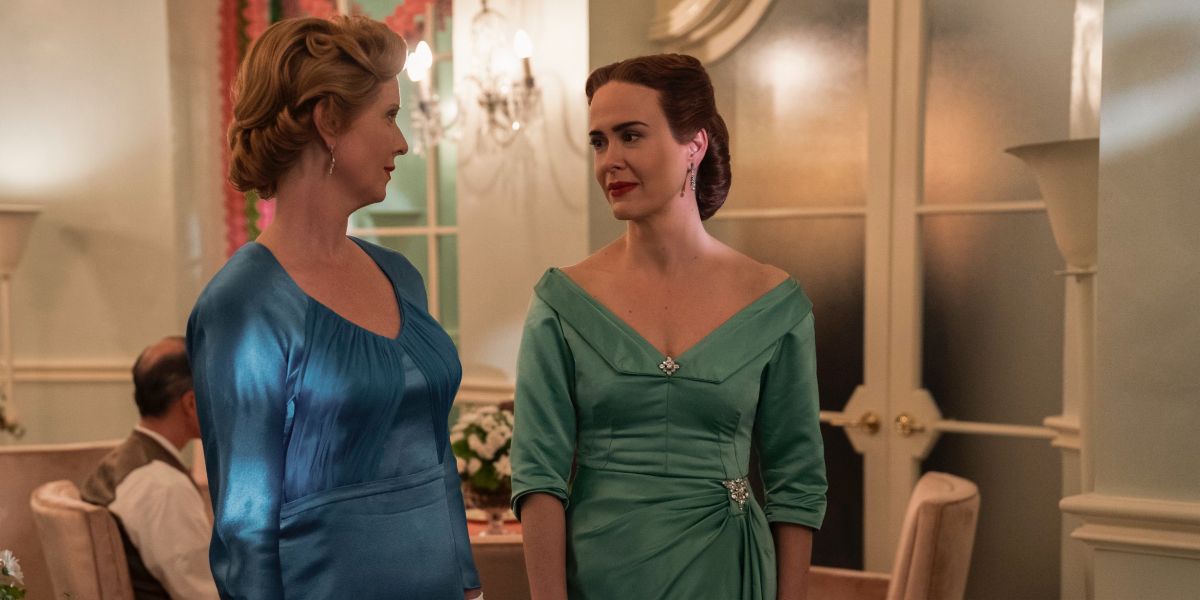
A detail of Ratched's story and overall character that was changed from the film was her sexuality. In the Netflix show, Ratched struggles with her feelings towards another female main character. She struggles with seeing her possible homosexuality as wrong and giving in because it feels right.
When her love interest takes her to a lesbian bar, she's appalled and leaves. The change in her sexuality adds a level of depth but also a level of frustration and pain for the character. But she comes to warm up to her newfound reality by the end of the show.
1 Same: Who Controls The Hospital
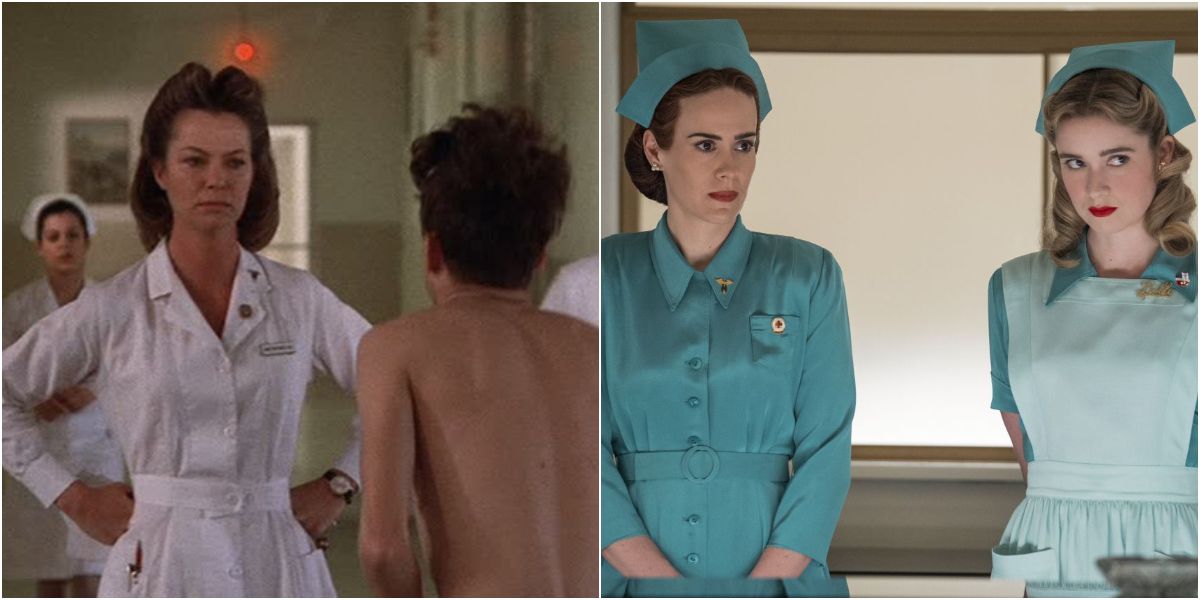
If there was one thing about nurse Ratched that need to be kept the same it was her dominance over the psychiatric hospital. When audiences are induced to Ratched in the film, she's already cemented as the person to fear and whose in control. She has absolute power over the patients and regulates their medications, privileges, and everything else.
Ratched in the show is no different. She worms her way to the very top as the head nurse and even comes to manipulate the hospital's director. She has her hand in everything that goes on and gets the staff on her side to enact her greater plan. Ratched gets away with almost everything.
https://ift.tt/35wIzyR
October 26, 2020 at 05:30AM





